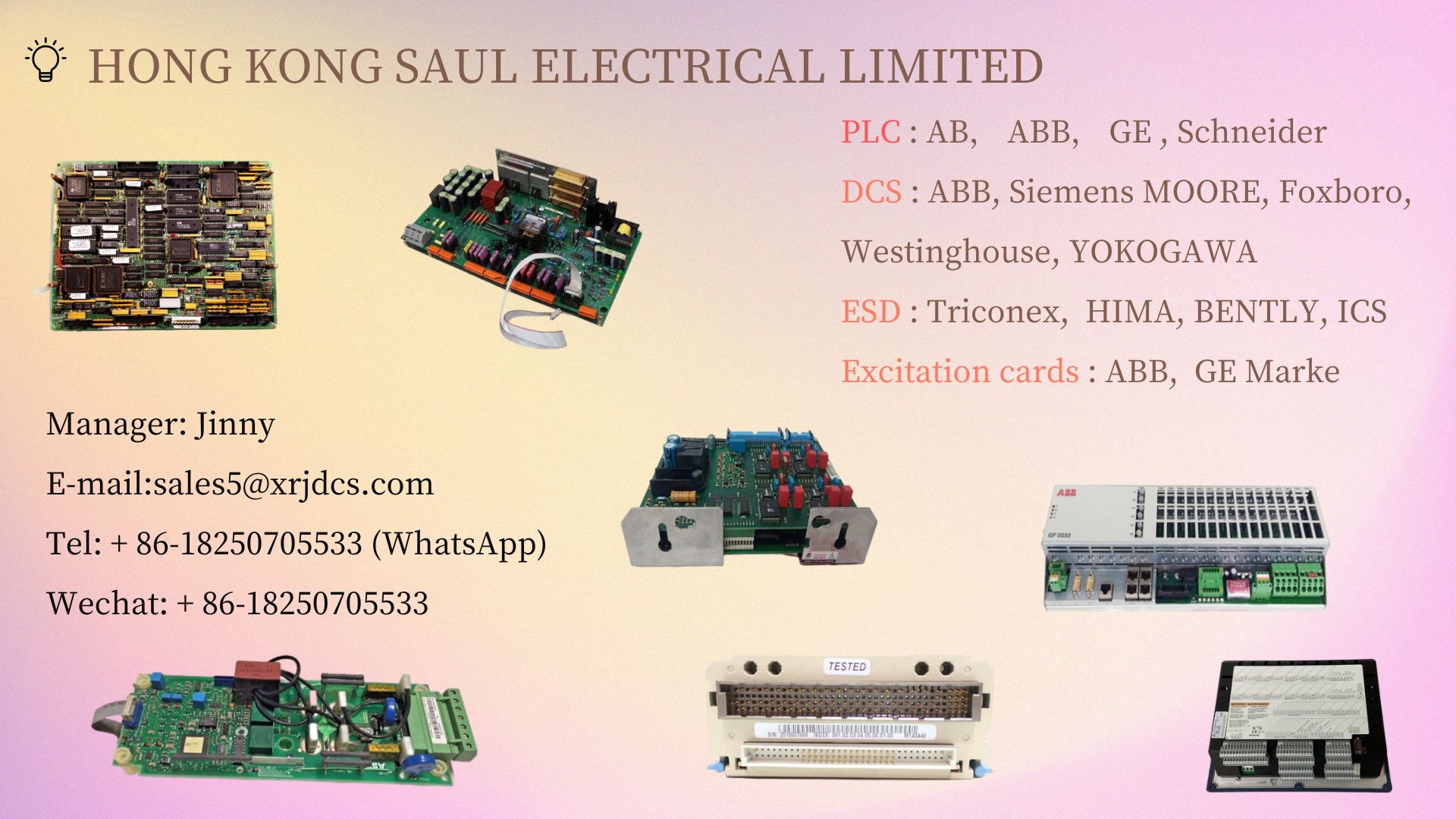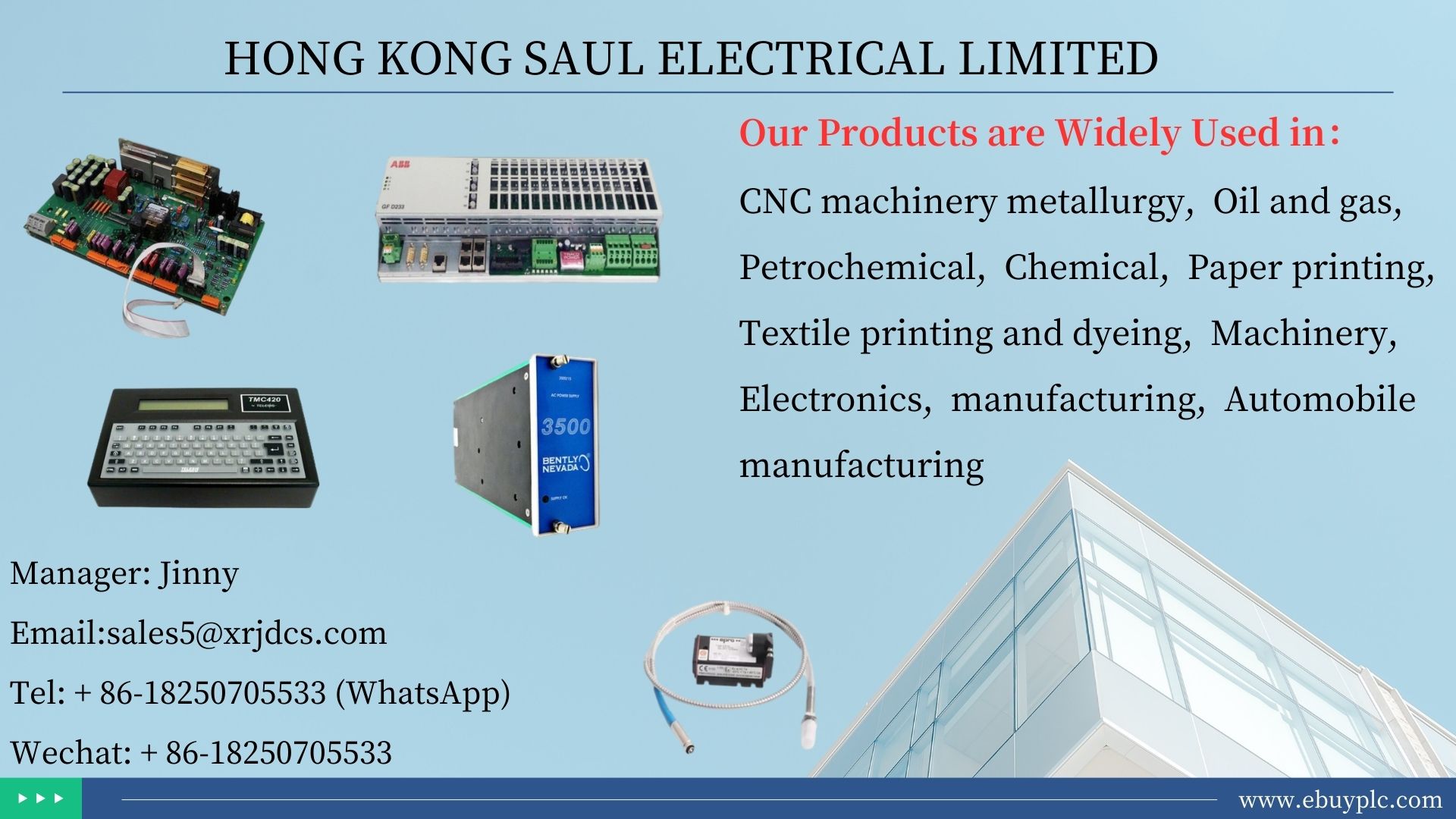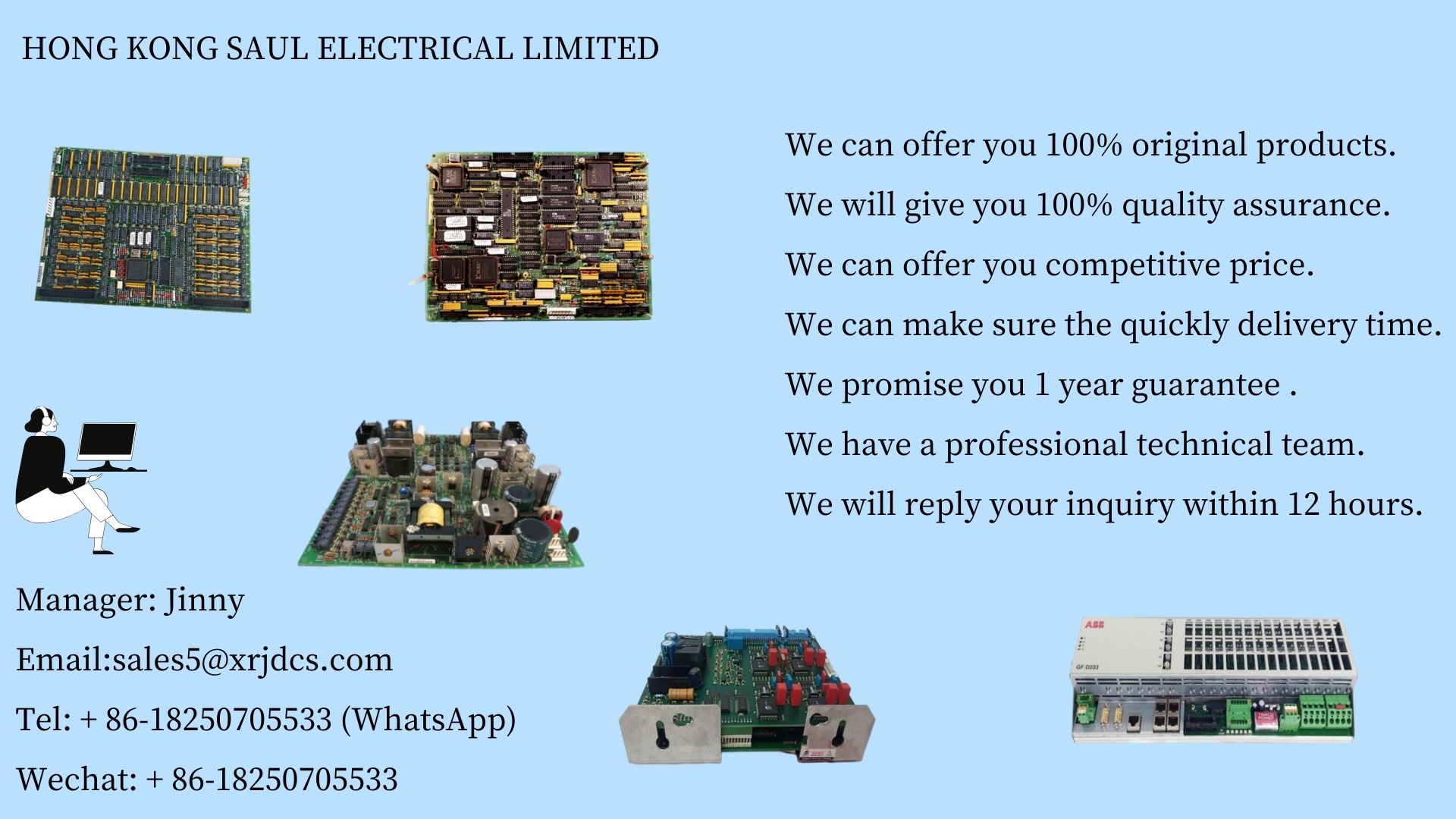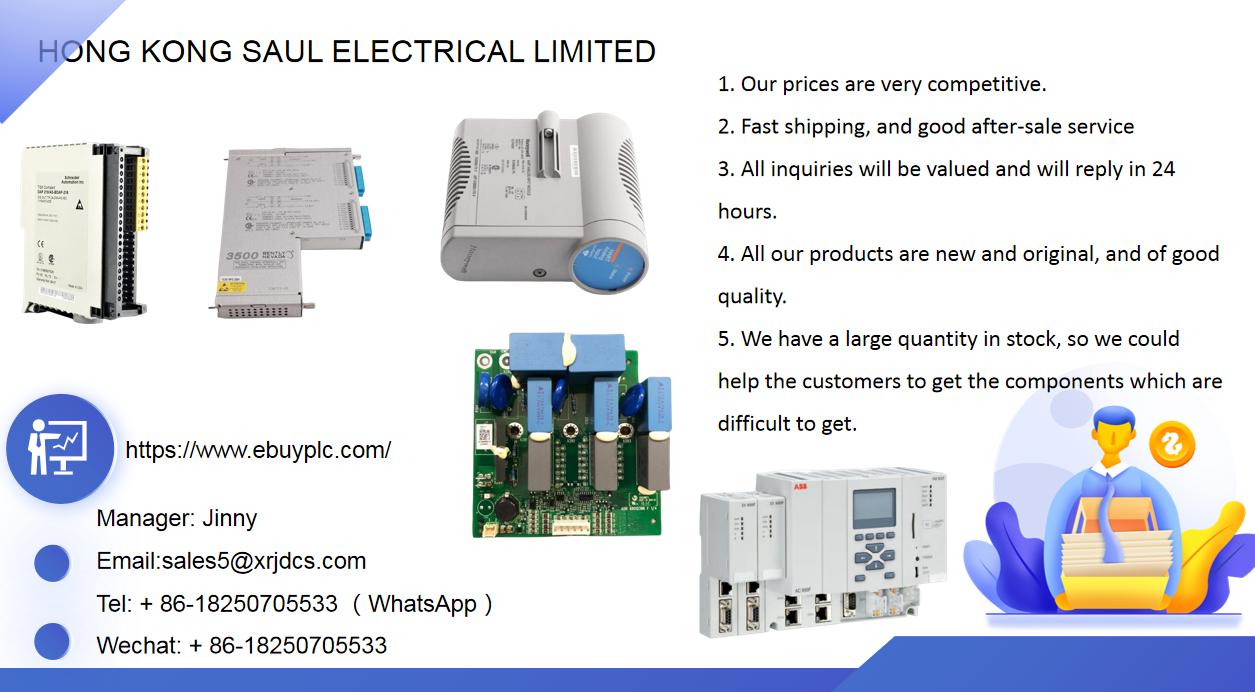Methods for controlling motor temperature rise
The technical specifications for motor products specify the rated voltage and frequency range of the motor. If the voltage exceeds this range, the motor will not be able to operate normally. Therefore, it is necessary to ensure that the corresponding power grid parameters of the motor meet the normal operating conditions of the motor. The most direct impact is the voltage on the motor winding, especially for temporary lines connected outdoors. Due to cost and material safety reasons, aluminum core wire is often chosen for more temporary lines, resulting in a serious shortage of voltage that is truly applied to the motor. At this time, the motor current is particularly high, and the final result will be severe heating of the motor, which will burn out in a short period of time due to overheating.
When the temperature rise of the finished motor is not up to standard, there are not many remedial measures. We can sacrifice other performance methods such as increasing the number of times the motor is immersed in paint, increasing the width and outer diameter of the fan, and increasing the diameter of the small rotor to increase the air gap for temperature control and remediation. Increasing the air gap may be effective for 2-pole motors, as stray losses decrease and the thermal radiation from the rotor to the stator weakens; But for multipole motors, the benefits may not outweigh the losses, as the excitation current will increase significantly.
For motors with low winding slot filling rate, increasing the number of immersion coatings or using vacuum pressure immersion coatings can improve the thermal conductivity inside the winding slots and between the base and the iron core, but the accumulation of paint layer at the end of the winding is not conducive to heat dissipation. Moreover, the paint on the outer envelope of the winding also prevents the paint liquid from entering the interior of the winding during subsequent immersion, which has little effect on improving temperature rise.
When conditions permit or necessary, adjusting electromagnetic parameters can effectively control temperature rise, such as reducing the number of turns per slot of the stator winding, increasing the wire diameter, that is, reducing the electromagnetic wire load and wire current density, which is very effective in reducing temperature rise. Especially for enclosed motors, when the number of turns in the stator winding decreases, the copper loss in both the stator and rotor decreases. Although the iron loss increases, the iron core is easier to dissipate heat than the winding; Another issue is that reducing the number of windings will reduce the power factor and increase the starting current. It may be necessary to increase the length of the iron core or change the rotor slot shape to comprehensively improve the overall effect.
For the rotor part, when the magnetic density of the rotor core allows, the area of the groove shaped lower part can be expanded or the end ring section of the high-speed motor can be increased, especially for reducing the stator temperature rise of closed motors.
Some specifications of motors are limited by their external dimensions, and it is sometimes necessary and reasonable to improve the insulation level of the windings to solve the problem of temperature rise.










